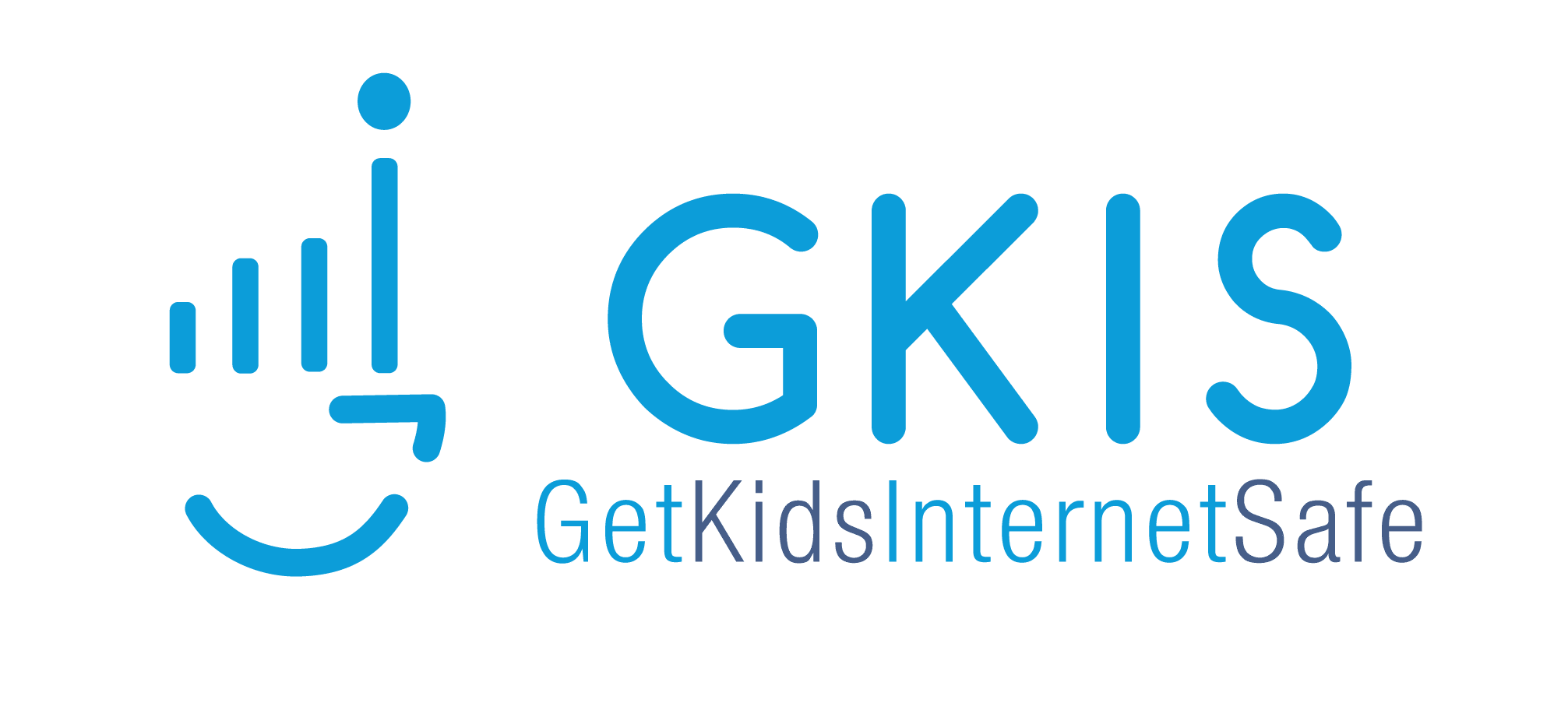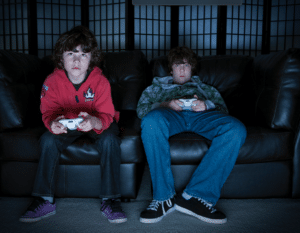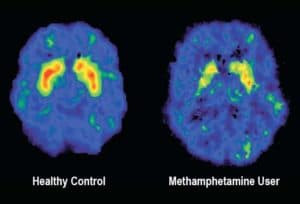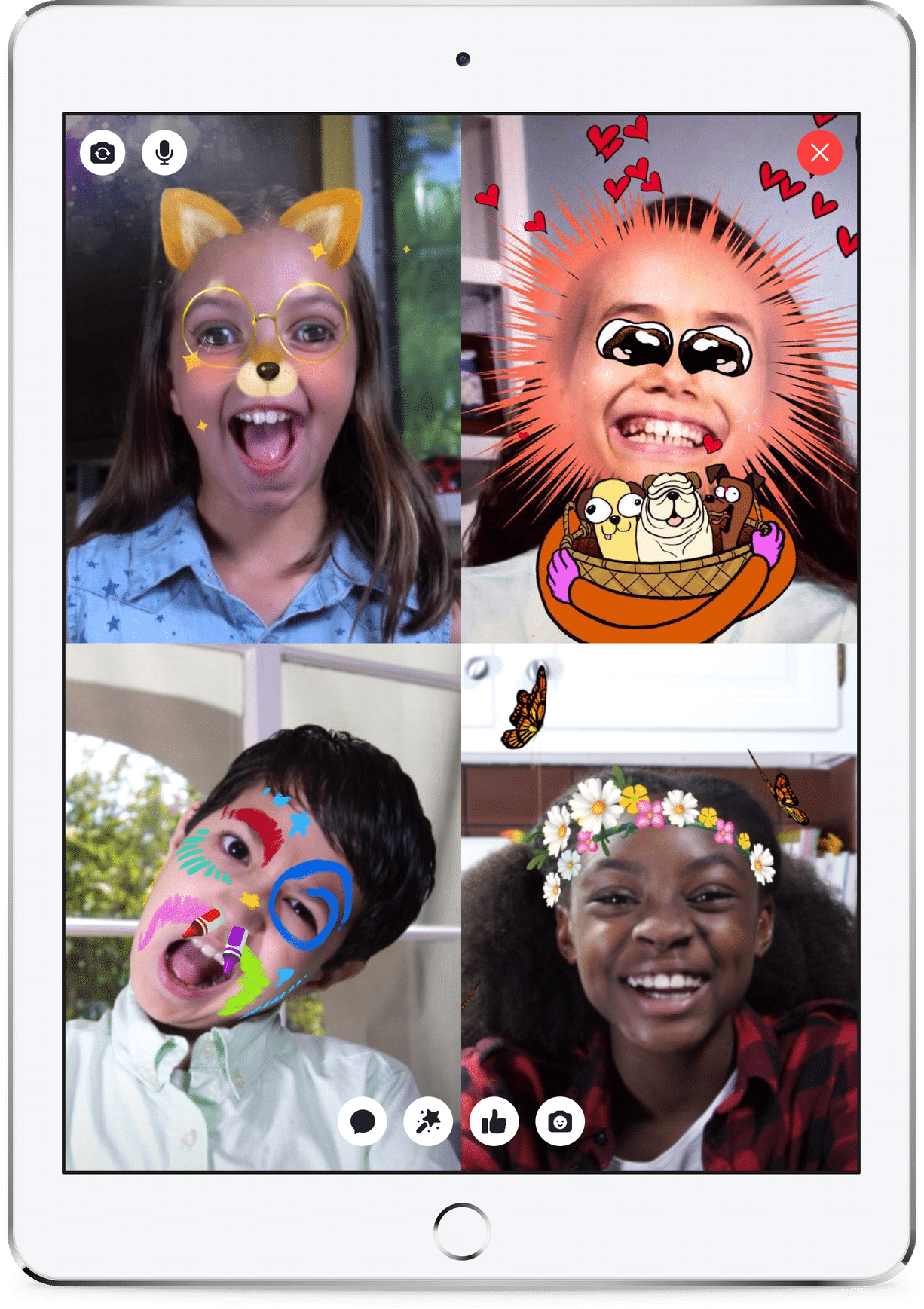In a time of online learning your child’s safety is vital, and GKIS is needed more than ever. Enjoy a highlight of Dr. B’s News Reels! With over 25 years in private practice, Dr. Bennett is seeing more families in crisis due to internet safety problems. To prevent digital injury, she developed GetKidsInternetSafe.com! When it’s your kids ON-the-LINE GetKidsInternetSafe.com
Link to Screen Safety Essentials Course 👇
https://getkidsinternetsafe.com/essentials-course/
Link to Website 👇
https://getkidsinternetsafe.com
Link to Book 👇
https://www.amazon.com/gp/product/099…
Follow Our Social Media:
Instagram: https://www.instagram.com/drtracybenn…
Facebook: https://www.facebook.com/GetKidsInter…
Twitter: https://twitter.com/drtracybennett?la…
Linkedin: https://www.linkedin.com/in/drtracybe…










